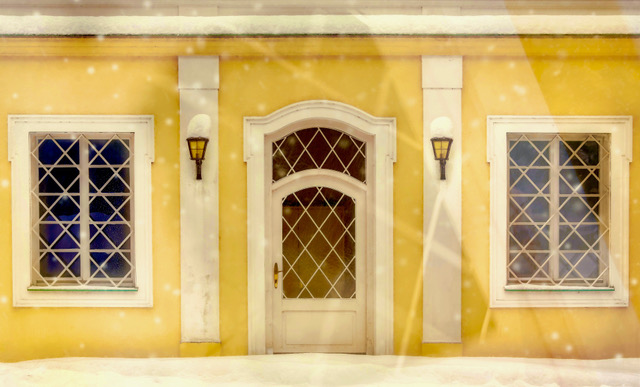

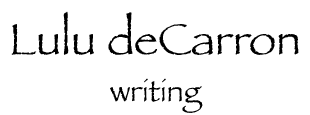
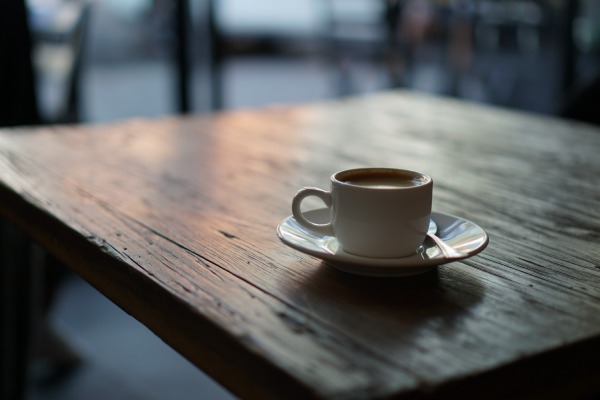
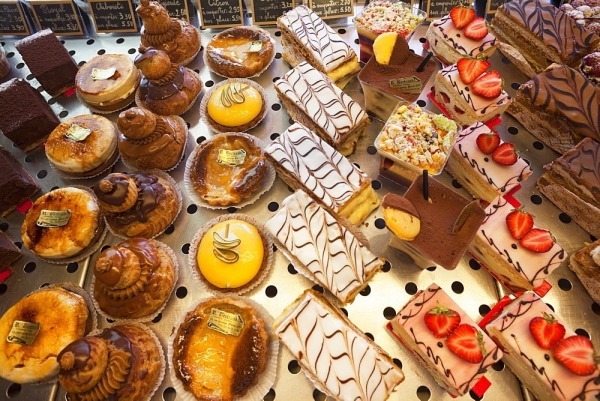
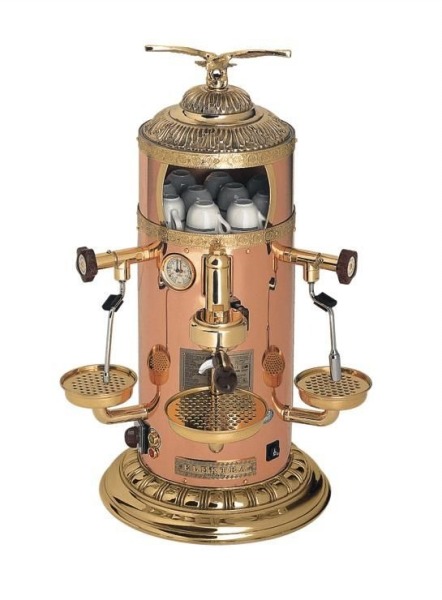
I would order an espresso with a miniature pastry. A Napoleon beautifully layered with creamy, pale-yellow custard, and topped with fondant, glazed and delicate. When they were available, I'd order a Barquette Tart. Slim and boat-shaped with fresh raspberries perched on top. I'm salivating while writing this memory.
Music filled the air… always jazz or Italian classics, gently laying sound as a background to the never-ending hum of people talking. Men in French berets gave the café the look of the cafes in Europe. They would discuss politics in thundering voices or maybe the works of new artists or music. Still, whatever direction their discussions took, they became much more animated as their caffeine levels rose.
But, it wasn't just the strong coffee and pastries that drew me there, what I loved was the ambiance and the layers of conversation. Before laptops intruded into the coffeehouse scene, conversation, connection and the ability to discuss issues with great passion drew people to coffeehouses throughout the centuries. It's what drew me to this coffeehouse.
Matthew Green writes:
"Just like today, 18th-century coffeehouses had different personalities. Some attracted the fashionable elite. Some attracted scholars, some attracted working men, and some were full of scientists. Some coffee shops doubled as gambling dens, some as barbershops, and some as brothels."
"They made some members of the upper class uneasy because they allowed opportunities for people of different classes to talk and share ideas. This was a scary prospect if you wanted to keep your place in the power structure exactly the way it was.
Today, the coffeehouse's accidental encounters happen more often. In fact, scholars have tried to bottle this pleasure. Google's term, “random collisions.”
Many random collisions happened at La Macchinetta. Men and women would sit for hours at tables that were old dark oak, softly worn with age and smelling of wax. Absentmindedly, while enjoying the conversations, my hand would skim the tabletop. I could almost feel it's history. Maybe, because of my love for La Maccinetta, I opened my own coffeehouse many years later with the same vibe.
*****
Italians love their coffee. No matter where you go in Italy, you can delight in a great espresso, even in a gas station. Coffee has always been important to my family. From my earliest memories, it played an important part of our day. A ritual really. After every dinner grandpa would take out the Moka pot to make espresso, when the bubbling stopped he'd set it on a tray in the middle of the dining table. Around it would sit tiny cups with saucers, anisette, lemon peel, and small Italian cookies. My mother told me I was the first to arrive at the dinner table and the last one to leave it. I don't think I've out-grown that ritual since food is my religion.
In my father's luncheonette, he served locally roasted beans from "McDonald's Coffee Roasting Co." on Chapel Street. On the days they roasted, the intoxicating smell of roasting coffee beans wafted through the air for miles. Making coffee lovers salivate.
In thinking about my families love of coffee, you might enjoy an essay I wrote called, "The Coffee That Killed My Father."
Here is a Smithsonian article about the history of espresso machines:
https://www.smithsonianmag.com/arts-culture/the-long-history-of-the-espresso-machine-126012814